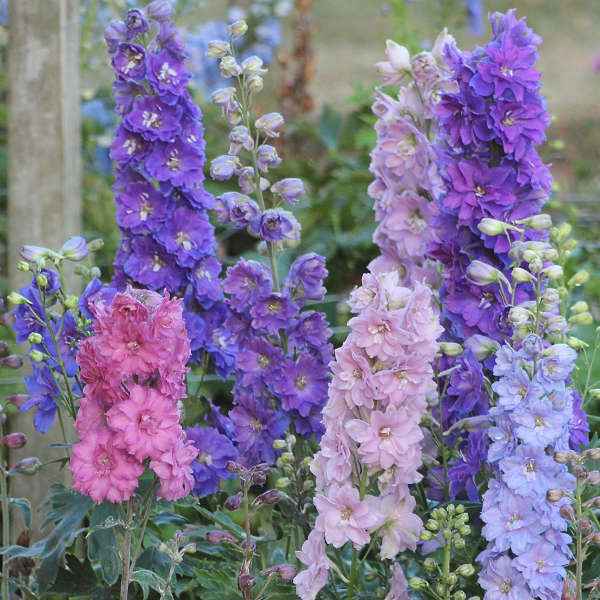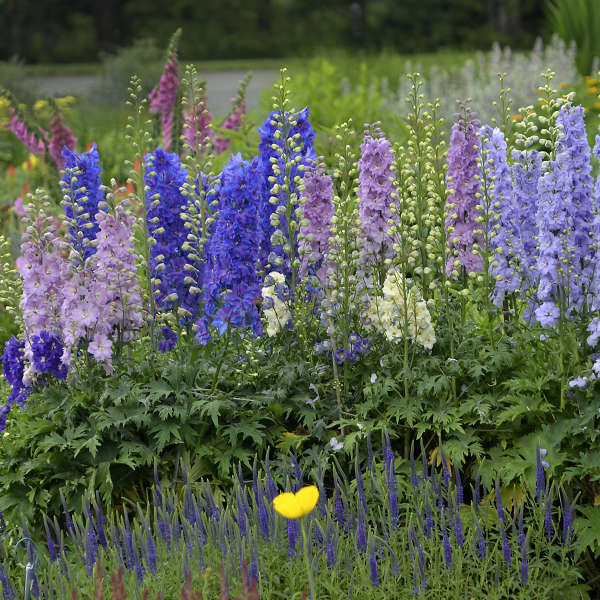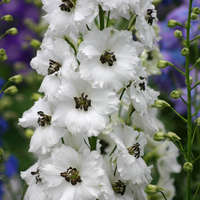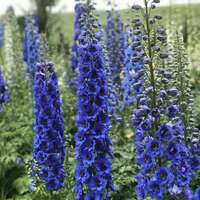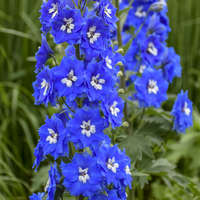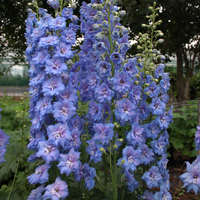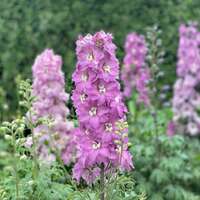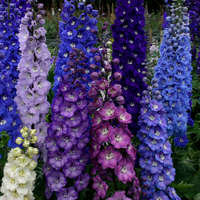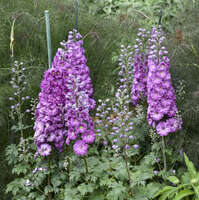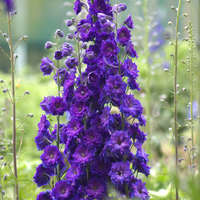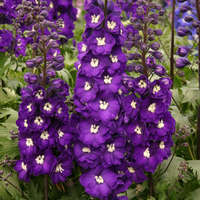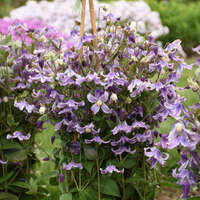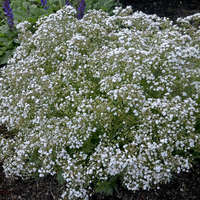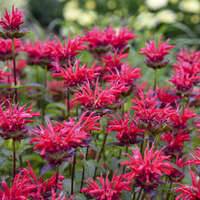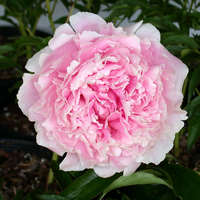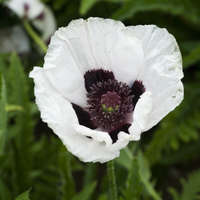Delphinium New Zealand 'Mini Stars'
New Zealand Delphiniums
Common Name: Dwarf Hybrid Bee Delphinium
If you love the look of traditionally tall Delphiniums but they’re just too tall for your use, you’re in luck! From the breeder of the New Zealand Hybrids comes a series of truly compact Delphiniums that have all the beautiful characteristics of their taller cousins except their height.
Topping out under 2½' tall, these new compact Delphiniums never need staking and won’t fall over in their pots. They can be grown near the front to middle of the border and work better in windy sites than taller varieties.
This new series will be sold in single color strains in future years. In its first year of introduction, we are offering this mixed color strain of ‘Mini Stars’ which includes a variety of purple, blue, mauve, pink, lilac, and cream colored flowers. Some have contrasting central bees and others are solid in color. All share a bushy, well-branched habit and strong flower stems.
Delphinium are a classic garden perennial. These plants are excellent for adding height to small spaces. Their tall flower spikes are easily recognizable when they come into flower in summer. When in flower, the spikes of these plants become heavy and should be staked to avoid toppling over in rough weather, especially taller varieties. Newer hybrids are longer lived than some of the more traditional cultivars.
30ct Plug Tray |
72ct Plug Tray |
